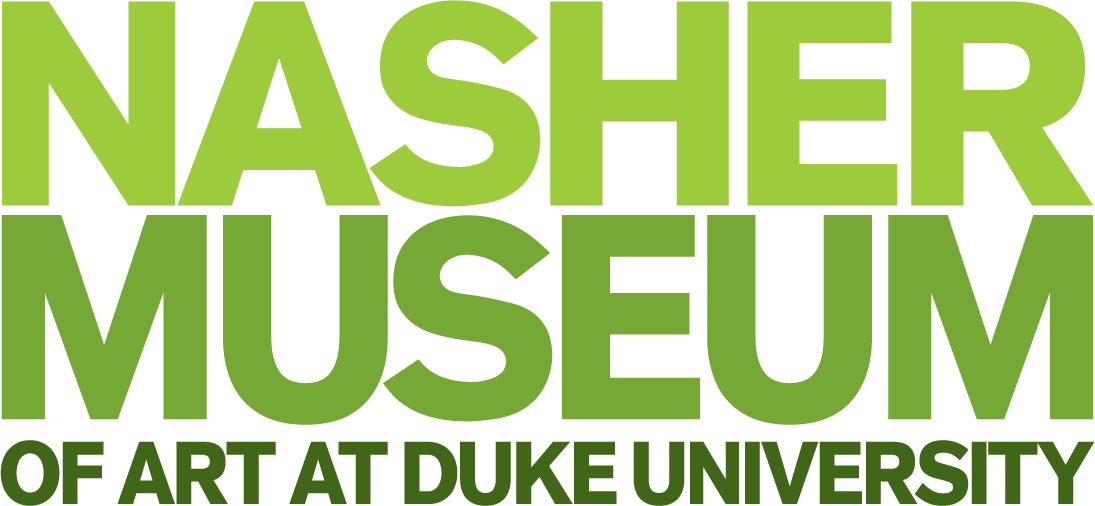This project is part of a larger Nasher initiative to bring scholarly focus to artists and works of art that have been overlooked throughout history.
Julia K. McHugh, Ph.D., Trent A. Carmichael Curator of Academic Initiatives at the Nasher Museum

Saint Emygdius first became known as protector against earthquakes in Italy after a 1703 earthquake destroyed much of the country, but spared the town of Ascoli Piceno, where he was the patron saint.
But how did Saint Emygdius find his way across the Atlantic Ocean and onto an 18th-century South American painted scroll in the Nasher Museum’s collection? Julia McHugh, Trent A. Carmichael Curator of Academic Initiatives, has launched a research project with Duke faculty and students to find out.
“We are hoping to determine how a devotion to this saint began in South America and if he was associated with any of the major earthquakes that took place across the continent in the 18th century,” McHugh says. “We would also like to identify the print source that was likely used to spread his image from Europe to the Americas.”
The painting features Saint Emygdius, protector against earthquakes, who appears over a scene of toppling buildings, tsunami-like waves and civic mayhem. Attached to the painting is a gilt wood case, which allowed it to be rolled up and easily transported. Objects such as these were important tools of mobile worship and evangelization across the colonial Americas.
